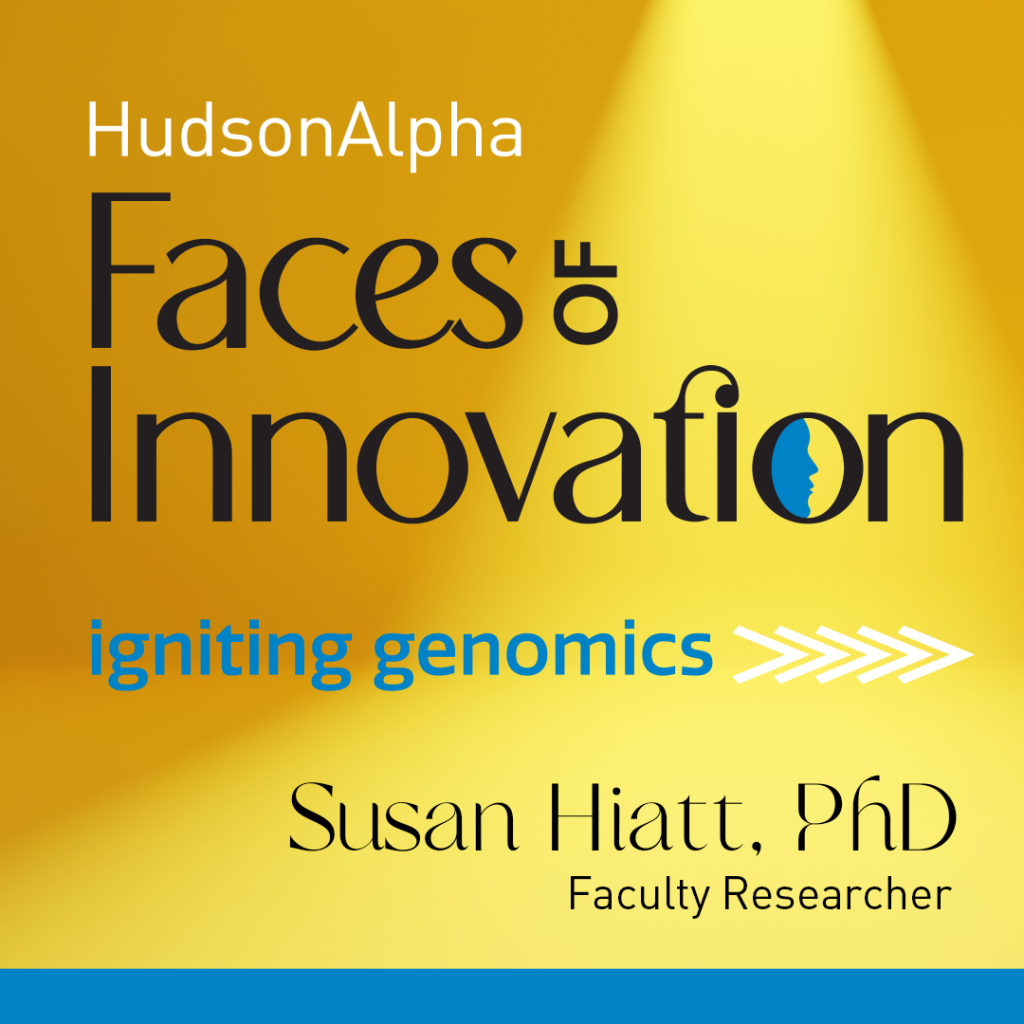HudsonAlpha researchers support chocolate initiative
 HUNTSVILLE, Ala — One of the world’s favorite confections – chocolate – may be improving at its basic ingredient thanks in part to research from the HudsonAlpha Genome Sequencing Center. HudsonAlpha, in partnership with MARS, Inc., the USDA, IBM and Clemson, Indiana and Washington State universities, is learning more about the cacao genome and sharing that knowledge to improve the way breeders and farmers harvest the crop.
HUNTSVILLE, Ala — One of the world’s favorite confections – chocolate – may be improving at its basic ingredient thanks in part to research from the HudsonAlpha Genome Sequencing Center. HudsonAlpha, in partnership with MARS, Inc., the USDA, IBM and Clemson, Indiana and Washington State universities, is learning more about the cacao genome and sharing that knowledge to improve the way breeders and farmers harvest the crop.
It’s estimated 40-50 million people worldwide harvest the tree’s beans from pods as their main source of income. The cacao tree, or Theobroma cacao L., is grown throughout the humid tropics.
“Cacao is a major export of many African and Asian countries and is a high value crop. The genomics work, combined with breeding programs, forms the basis for maintaining and improving the stability of the cacao supply,” said Jeremy Schmutz, faculty investigator with HudsonAlpha.
Schmutz and Jane Grimwood, Ph.D., run the Genome Sequencing Center at HudsonAlpha where the assembly of the cacao genome took place, as well as the chromosome scale reconstructions to produce the final reference sequence
Through cacao genome sequencing, researchers have learned why some cacao variations are optimal for breeding, yet produce an undesirable flavor or aroma. Other variations, when combined with different beans, increase flavor and color yet decrease the quality. Additionally, sequencing has identified resistance to various diseases and other horticultural traits.
While funded primarily by a private entity – MARS, Inc., the cacao genome database scientists published Theobroma cacao genome data for all to use. This is especially beneficial for cacao farmers and breeders in West Africa, Asia and South America who may use genetic information to improve planting stocks and protect often-fragile incomes. Unlike some other food products such as corn or wheat which are often grown on large, industrial farms, cacao is almost exclusively grown on small farms.
The preliminary results from the sequencing were published in 2010 with the full results being released in 2013. Farmers on the Indonesian island of Sulawesi are already benefitting from the research by learning new processes for sustainable farming techniques at the Mars Cocoa Development Center.
The publication, The genome sequence of the most widely cultivated cacao type and its use to identify candidate genes regulating pod color, is found in Genome Biology, released 3 June.
For more information about the potential benefits, visit the World Cocoa Foundation, the Sustainable Cocoa Initiative and MARS.
*Photo shows harvested cacao drying in the sun outside of a home in a rural Indonesian village on the island of Sumatra.
Holly Ralston
hralston@hudsonalpha.org
256.508.8954
The HudsonAlpha Institute for Biotechnology in Huntsville, Alabama, is the cornerstone of the Cummings Research Park Biotechnology Campus. The campus hosts a synergistic cluster of life sciences talent – science, education and business professionals – that promises collaborative innovation to turn knowledge and ideas into commercial products and services for improving human health and strengthening Alabama’s progressively diverse economy. The non-profit institute is housed in a state-of-the-art, 270,000 square-ft. facility strategically located in the nation’s second largest research park. HudsonAlpha has a three-fold mission of genomic research, economic development and educational outreach.


